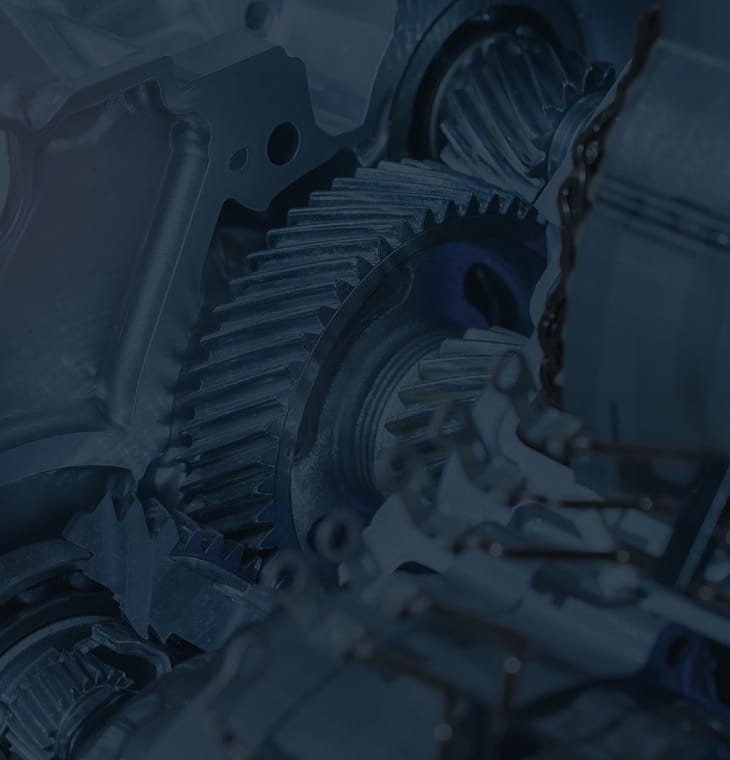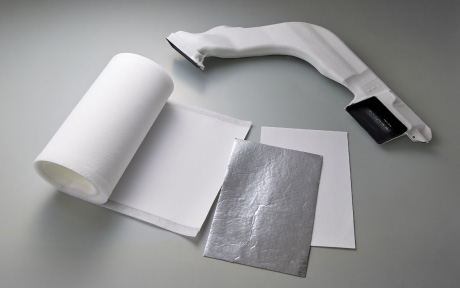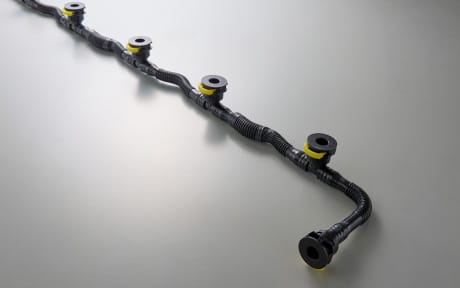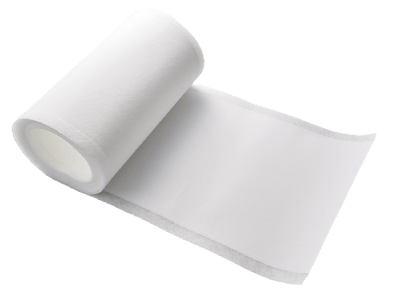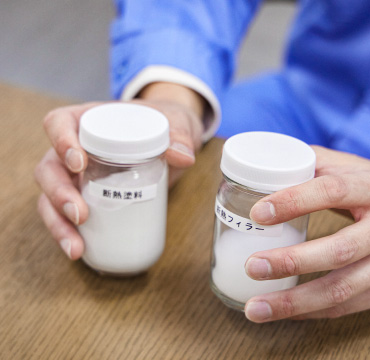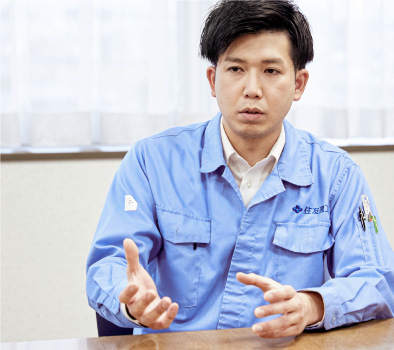The challenge to create new materials in anticipation of the future of motor vehicles
Heat control becomes extremely important factor as motor vehicles become more Electric. As opposed to engine vehicles, BEVs are powered by a motor and do not have a large heat source. Consequently, BEVs need to use energy from the battery to power the heater in winter. This results in less energy being allocated to driving and shorter cruise distance. The key to resolving this problem is in-vehicle insulation, so we, therefore, placed our focus on a material called “silica aerogel”. Silica aerogel is such a superior insulator that is used in the aerospace industry, although it is said to be fragile and extremely difficult to handle. As such, the main aim of this project is to determine how to turn silica aerogel into a commercially viable product.

